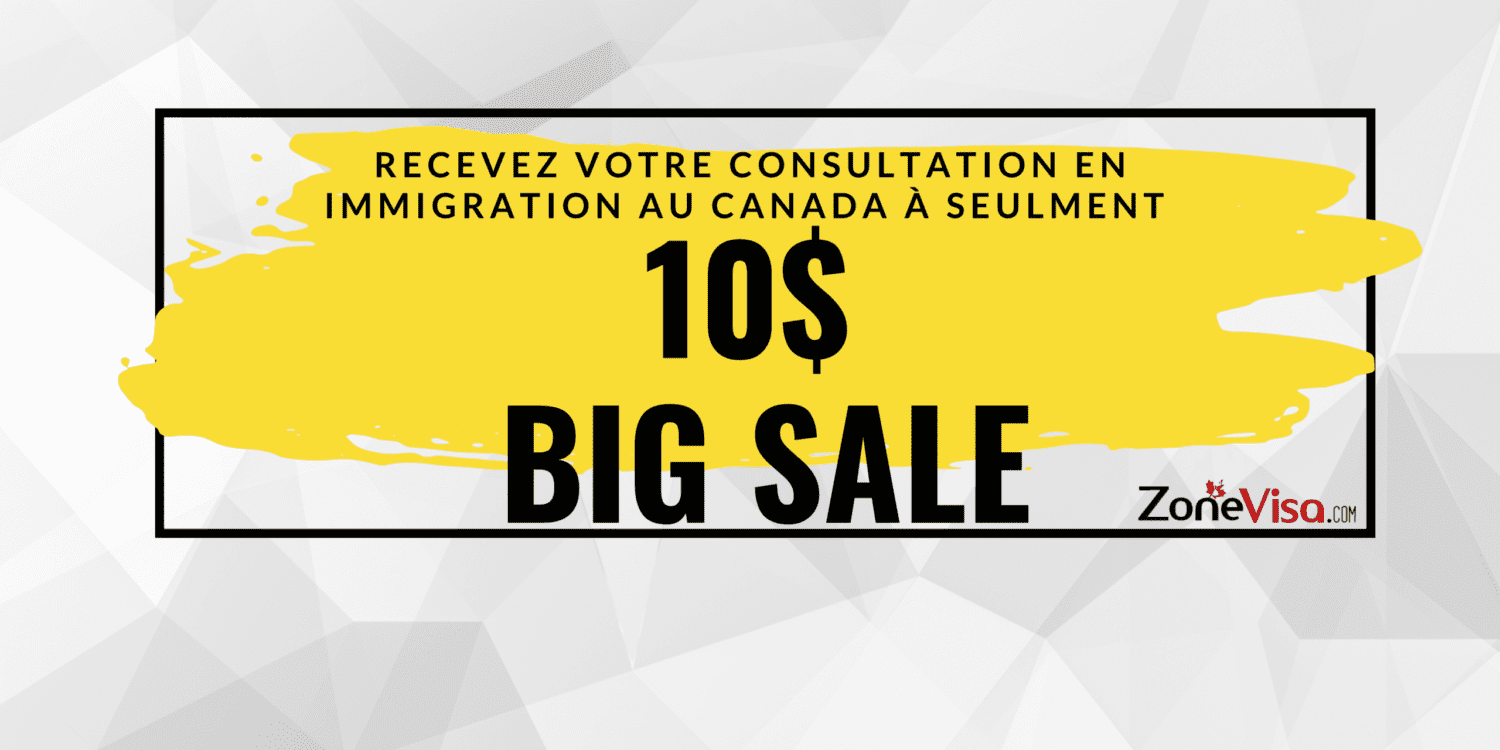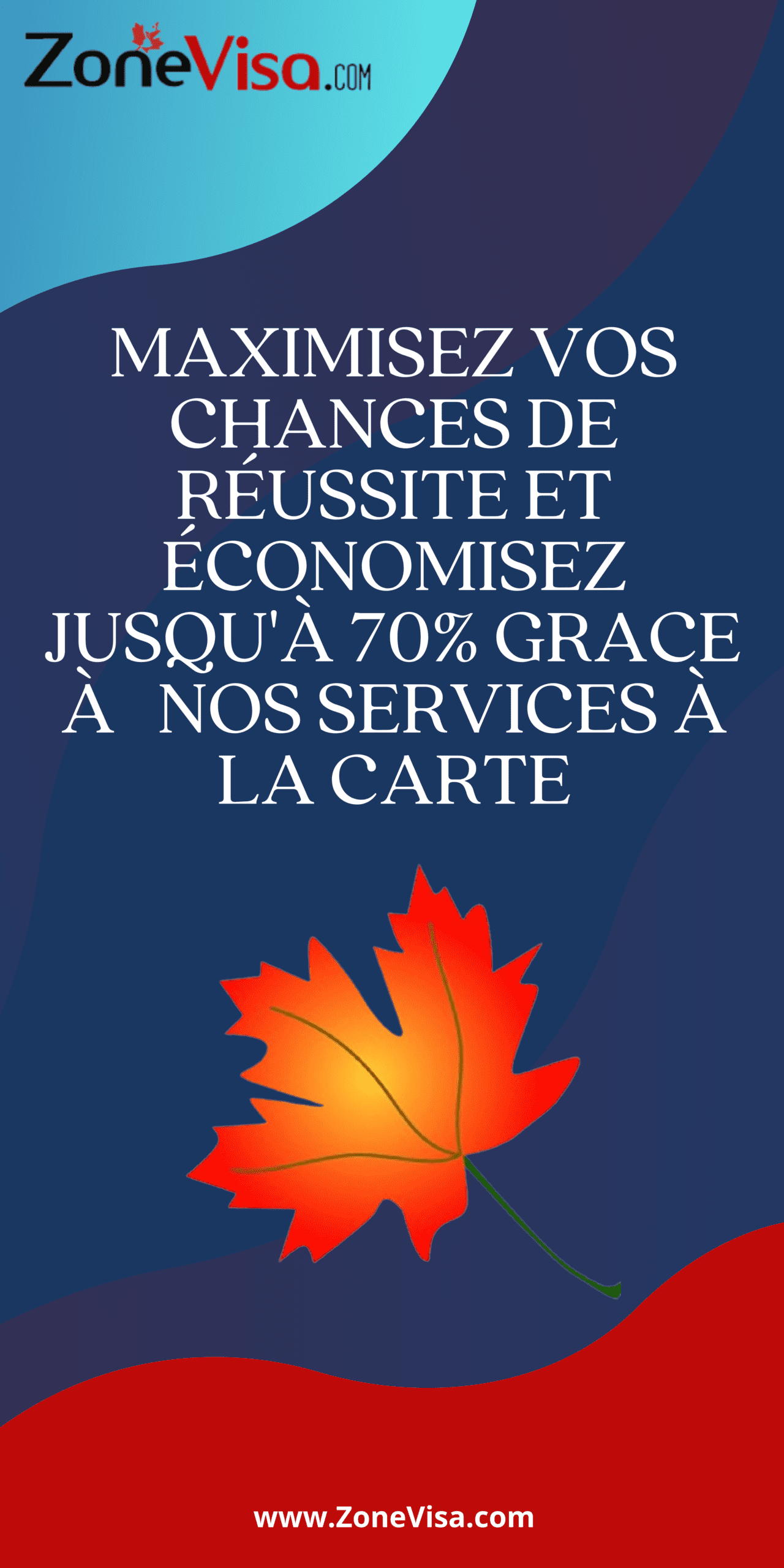[ad_1]
Introduction
Canada has long been a destination of choice for individuals seeking better opportunities and a higher quality of life. With its welcoming policies and strong economy, the country has become a magnet for immigrants from around the world. However, the journey to permanent residency in Canada is not without its challenges. One such hurdle that newcomers must overcome is the Right of Permanent Residence Fee (RPRF). In this article, we will explore the implications of the RPRF and discuss whether it is a barrier or a gateway to success for immigrants in Canada.
The Purpose of the Right of Permanent Residence Fee
The Right of Permanent Residence Fee is a payment that is required by Citizenship and Immigration Canada (CIC) in order to finalize the processing of an application for permanent residency. The fee is intended to ensure that individuals who are granted permanent residency are committed to establishing themselves in Canada and contributing to its economy. It serves as a form of investment in the country’s future, helping to fund various social programs and services that benefit both Canadians and newcomers.
The Cost of the Right of Permanent Residence Fee
The fee amount for the Right of Permanent Residence Fee varies depending on individual circumstances. Currently, the fee stands at $500 for the principal applicant, with an additional $500 for their spouse or common-law partner. Dependent children do not have to pay the fee. While this may seem like a significant amount for many newcomers, it is important to note that the benefits of permanent residency in Canada far outweigh the initial cost.
A Barrier to Entry or a Gateway to Success?
Some argue that the Right of Permanent Residence Fee acts as a barrier, deterring potential immigrants who may not have the financial means to afford the fee. However, it is essential to consider the broader context. The fee is just one part of the overall immigration process, which involves multiple costs such as medical examinations, language proficiency tests, and educational credential assessments. The fee, therefore, can be seen as a necessary investment in the journey towards a better future.
Support for Immigrants
It is crucial to note that the Canadian government provides various avenues of support for newcomers who may be facing financial difficulties. There are programs available that offer assistance with settlement and integration, job training, and language classes. Additionally, some provinces and territories have their own immigration programs that provide financial assistance to newcomers who wish to settle in their regions. These measures contribute to minimizing the financial burden for immigrants and help them overcome any economic challenges they may face.
The Long-Term Benefits of Permanent Residency
While the Right of Permanent Residence Fee may impose an immediate financial burden on newcomers, it is vital to recognize the long-term benefits it offers. Permanent residents in Canada have access to a wide range of social benefits, including healthcare and education. They can also apply for Canadian citizenship after a certain period of time, granting them additional rights and privileges. Moreover, permanent residents have the opportunity to build a stable and prosperous life for themselves and their families, benefiting from Canada’s robust economy and numerous opportunities for personal growth.
Conclusion
The Right of Permanent Residence Fee may initially appear as a barrier for immigrants, but it is important to consider it as an investment in a better future. The fee supports Canada’s commitment to welcoming newcomers and enables the government to fund essential social programs that benefit both immigrants and citizens. With various support systems in place and the long-term benefits of permanent residency, it is clear that the Right of Permanent Residence Fee is ultimately a gateway to success for immigrants in Canada.
[ad_2]



